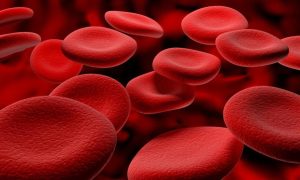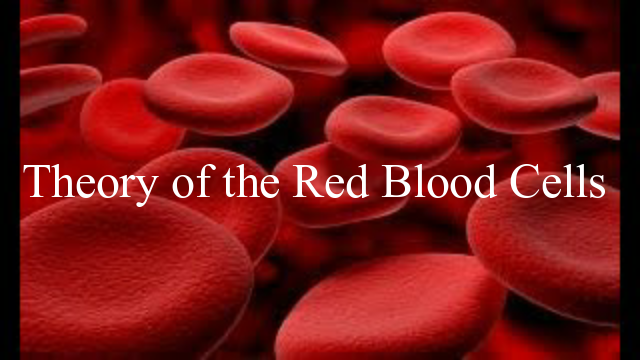
Acting in a coherent fashion, the red blood cells play a much more important role in life processes than is commonly known.
The red blood cells’ unique, remarkable role in oxygen and carbon dioxide transport sharply distinguishes them from the body’s other cells. So do their anaerobic energy metabolism, peculiar biconcave shape, 120-day life cycle (with 2,000,000 new RBCs formed every second), iron content, and extremely high hemoglobin content (roughly 270 million hemoglobin molecules are packed into each one of 25 trillion RBCs). While their counterparts in many vertebrates and invertebrates retain the nuclei and organelles that mammalian RBCs eject in the course of maturation, the erythrocyte group in general exhibits certain “prokaryotoid” characteristics,
Tags: astrocyte, biophotonics, consciousness, dermal optics, erythrocyte, magnetoreceptor, neuroscience, psi receptor, red blood cell
 Viktoria Nagudi interviews Kenneth J. Dillon of Scientia Press about his Theory of the Red Blood Cells. According to the theory, the red blood cells, acting as a metacolony in real time, form the dermal-optic photoreceptor, the animal magnetoreceptor, the solution to the binding problem of consciousness, the ultrasensitive Psi receptor, and the chemiluminescent Original Immune System. See also https://www.scientiapress.com/theory-of-the-red-blood-cells and Kenneth J. Dillon, Rosemarie: a Novel of Discovery Science. Washington, D.C.: Scientia Press, 2021.
Viktoria Nagudi interviews Kenneth J. Dillon of Scientia Press about his Theory of the Red Blood Cells. According to the theory, the red blood cells, acting as a metacolony in real time, form the dermal-optic photoreceptor, the animal magnetoreceptor, the solution to the binding problem of consciousness, the ultrasensitive Psi receptor, and the chemiluminescent Original Immune System. See also https://www.scientiapress.com/theory-of-the-red-blood-cells and Kenneth J. Dillon, Rosemarie: a Novel of Discovery Science. Washington, D.C.: Scientia Press, 2021.
Theory of the Red Blood Cells
Tags: binding problem of consciousness, cellular basis of consciousness, dermal optics, magnetoreception, psi receptor


 Viktoria Nagudi interviews Kenneth J. Dillon of Scientia Press about his Theory of the Red Blood Cells. According to the theory, the red blood cells, acting as a metacolony in real time, form the dermal-optic photoreceptor, the animal magnetoreceptor, the solution to the binding problem of consciousness, the ultrasensitive Psi receptor, and the chemiluminescent Original Immune System. See also https://www.scientiapress.com/theory-of-the-red-blood-cells and Kenneth J. Dillon,
Viktoria Nagudi interviews Kenneth J. Dillon of Scientia Press about his Theory of the Red Blood Cells. According to the theory, the red blood cells, acting as a metacolony in real time, form the dermal-optic photoreceptor, the animal magnetoreceptor, the solution to the binding problem of consciousness, the ultrasensitive Psi receptor, and the chemiluminescent Original Immune System. See also https://www.scientiapress.com/theory-of-the-red-blood-cells and Kenneth J. Dillon,